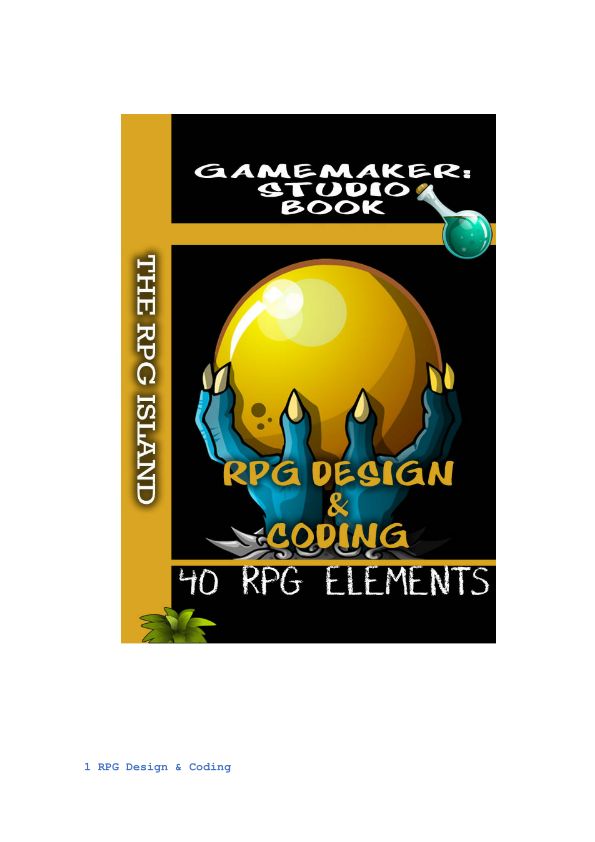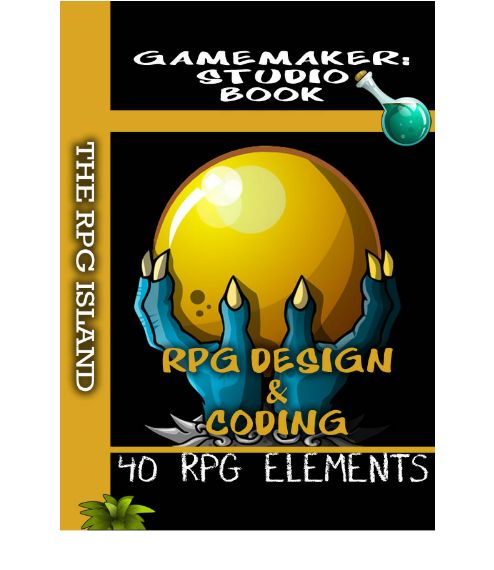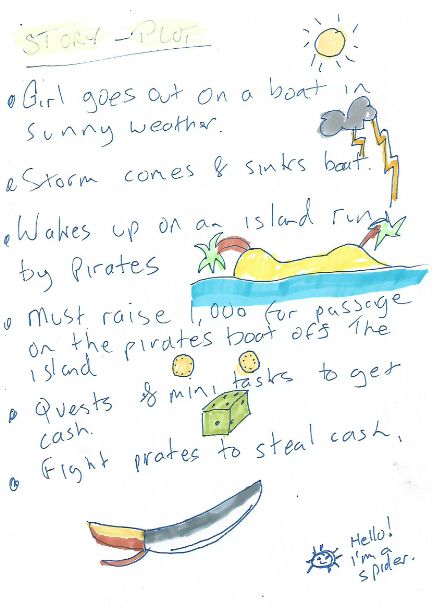Mr Ben G Tyers - GameMaker Studio Book - RPG Design and Coding
Here you can read online Mr Ben G Tyers - GameMaker Studio Book - RPG Design and Coding full text of the book (entire story) in english for free. Download pdf and epub, get meaning, cover and reviews about this ebook. year: 2016, publisher: CreateSpace Independent Publishing Platform, genre: Home and family. Description of the work, (preface) as well as reviews are available. Best literature library LitArk.com created for fans of good reading and offers a wide selection of genres:
Romance novel
Science fiction
Adventure
Detective
Science
History
Home and family
Prose
Art
Politics
Computer
Non-fiction
Religion
Business
Children
Humor
Choose a favorite category and find really read worthwhile books. Enjoy immersion in the world of imagination, feel the emotions of the characters or learn something new for yourself, make an fascinating discovery.
- Book:GameMaker Studio Book - RPG Design and Coding
- Author:
- Publisher:CreateSpace Independent Publishing Platform
- Genre:
- Year:2016
- Rating:4 / 5
- Favourites:Add to favourites
- Your mark:
GameMaker Studio Book - RPG Design and Coding: summary, description and annotation
We offer to read an annotation, description, summary or preface (depends on what the author of the book "GameMaker Studio Book - RPG Design and Coding" wrote himself). If you haven't found the necessary information about the book — write in the comments, we will try to find it.
Details The Pre-Planning, Design & Programming Of Making An RPG In GameMaker: Studio
STORY
- Plot (the plot of the story)
- Character Design (design of characters used by the story)
- Enemy Design (the design of non-character enemies nameless minions)
- Objectives (the goals upon which the player must complete to advance the story)
- Setting (will include general theme for graphics)
AESTHETICS
- Art-Style (what style of art the game is going to be using)
- Character separation (how the player sprite is going to be drawn, using single or multiple layoured sprites)
- Scening (how story progression is going to be implemented in the game (this is usually done by the use of cut-scenes)
- Sound Design (which basic sound effects the game will need, footsteps can be used for a more serious tone and etc.)
- View (from which angle is the player seeing the game world, first person, top down, third person, etc)
CORE GAMEPLAY
- Battle (the main provider of challenge in the game, Pac-Mans battle aspect is the avoidance of the ghost creatures)
- Ending (how the player can achieve Game Over. By dying, completing certain objects or finishing the story)
- Exploration (how players will travel the game world, by exploration or level select screens)
- Messaging (how players will receive information from the game, also dialogue)
- Scoring (how the scoring system of the game will work, this is also used to plan for XP in RPG games)
EXTENDED GAMEPLAY
- Collectables (these include secondary objectives that will be used to enhance the games lifespan)
- Management (this includes inventory, items and power ups that the player can use to increase game depth)
- Mini-Games (such as the lock-picking games that many games now use)
- Quirks (unique or strange game-play mechanics that you want to use to make your game stand out from the others)
- Saving (saving and loading of game files to extend game life by allowing the player to enjoy multiple sit adventures)
GAME ELEMENTS
The Book Will Also Deal With The Following 40 Elements, From Design Considerations Through To Programming In GML:
Alert Text Effect
Battle System
Boss Characters Battle
Branching Dialogue
Card Battle
Character Progression
Coin System Shop
CutScene
Dashing
Day / Night Cycle
Depth Based Graphics
Destructible Terrain
Dice Rolling
Downloading Bonus Levels From Website
Drivable Vehicles
Enemy Path Finding
Fishing Mini Game
Foot Step Sounds
Game End
Graphical Effects
Hints & Tips
HUD
Inventory
Invincibility
Mini Game & Dual View
Mini Quests
Multiple Locations
Party Mechanics
Positional Audio
Puzzle Room
Quest Completion
Random Level Generation
Respawn Points
Road Builder
Saving
Ship Mini Game
Treasure Hunting
Usable Items
Weapon Control
Zooming
Mr Ben G Tyers: author's other books
Who wrote GameMaker Studio Book - RPG Design and Coding? Find out the surname, the name of the author of the book and a list of all author's works by series.



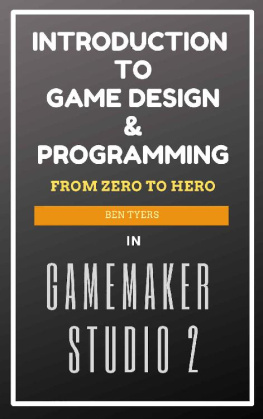
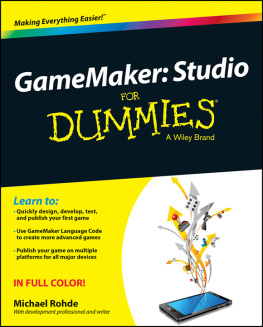
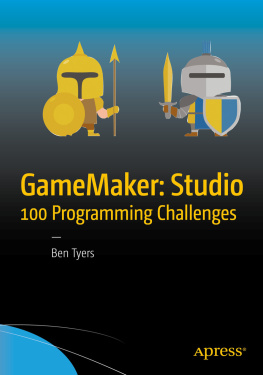
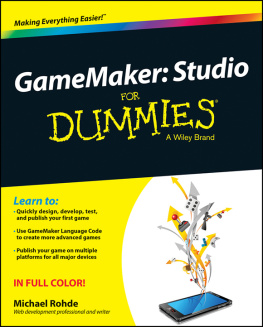
![Rex van der Spuy [Rex van der Spuy] - Foundation Game Design with HTML5 and JavaScript](/uploads/posts/book/121398/thumbs/rex-van-der-spuy-rex-van-der-spuy-foundation.jpg)
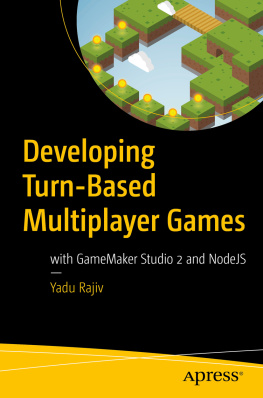
![Briar Lee Mitchell [Briar Lee Mitchell] - Game Design Essentials](/uploads/posts/book/119420/thumbs/briar-lee-mitchell-briar-lee-mitchell-game.jpg)
![Chris Bateman [Chris Bateman] - Beyond Game Design: Nine Steps Toward Creating Better Videogames](/uploads/posts/book/119409/thumbs/chris-bateman-chris-bateman-beyond-game-design.jpg)


